The 3,000-year history of Nepomuk
A hike from Nepomuk via the ruins of Potštejn Castle, past the Žinkovy Chateau to Vojovice, and from there to Nová Ves, Soběsuky and back.
Other things to see along the way are the romantic “Temple”, a prehistoric settlement and natural monuments – ponds with protected bird species and rare flowers.
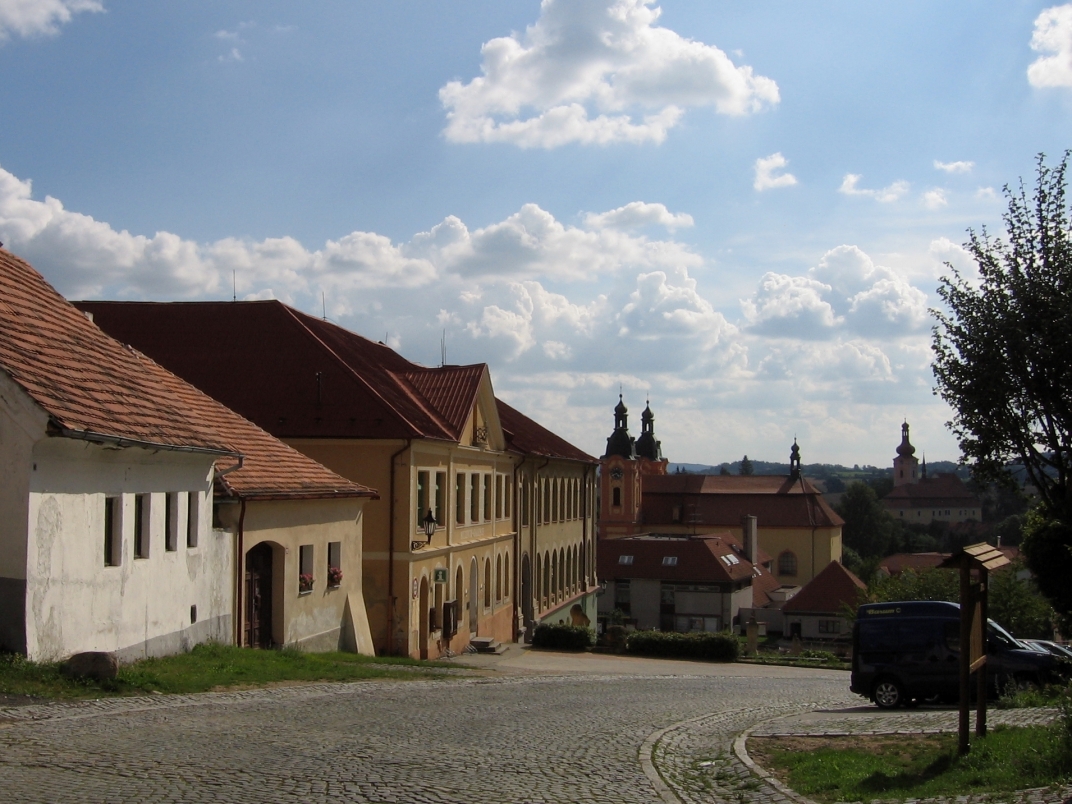
The hike begins in the upper part of Nepomuk square – by the U Zeleného Stromu (Green Tree) Hotel. The irregular street pattern is best proof of the fact that the town was founded at the crossing of old country roads that led through the local area as early as the 10th century. One of them, the Vitoraz Path, was supposedly travelled by St. Adalbert, whose footprint can be found in the stone used in the construction of the chapel at the end of Zelenodolská Street. One of the legends surrounding St. Adalbert relates to the hill closest to Nepomuk, to which St. Adalbert brought much-needed rain after a major drought that had left it barren. When the hill turned green with vegetation, it started to be called Zelená Hora (Green Mountain).
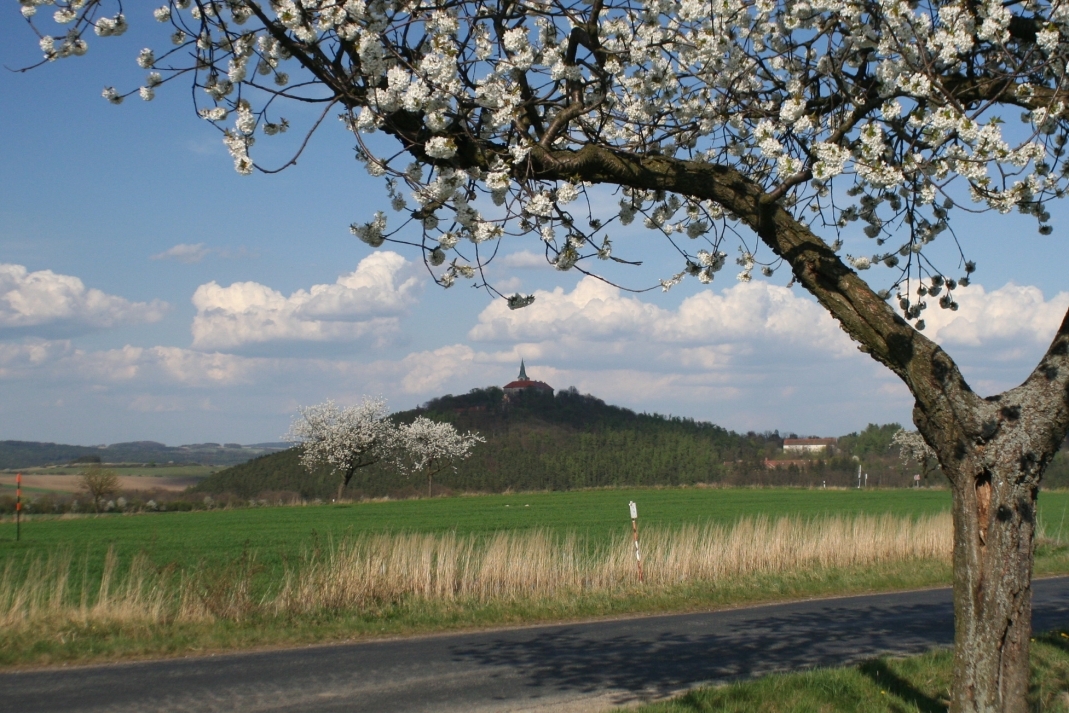
The blue marked trail will take you close to Vražedný (Murder) Pond, formerly perhaps used for water bird hunting, and soon afterwards you will find yourself by the former Silov Game Preserve, where there is a major larch seedling plantation. It was once said that “even if we criss-crossed our whole country, we could hardly find a more romantic place than Silov.” Whether it is still true today, you will see for yourselves. Nowadays, only the full-grown trees and the lonely wayside cross bear witness to the former farmstead. Then continue toward the Františkov junction, where you turn onto the yellow marked trail.
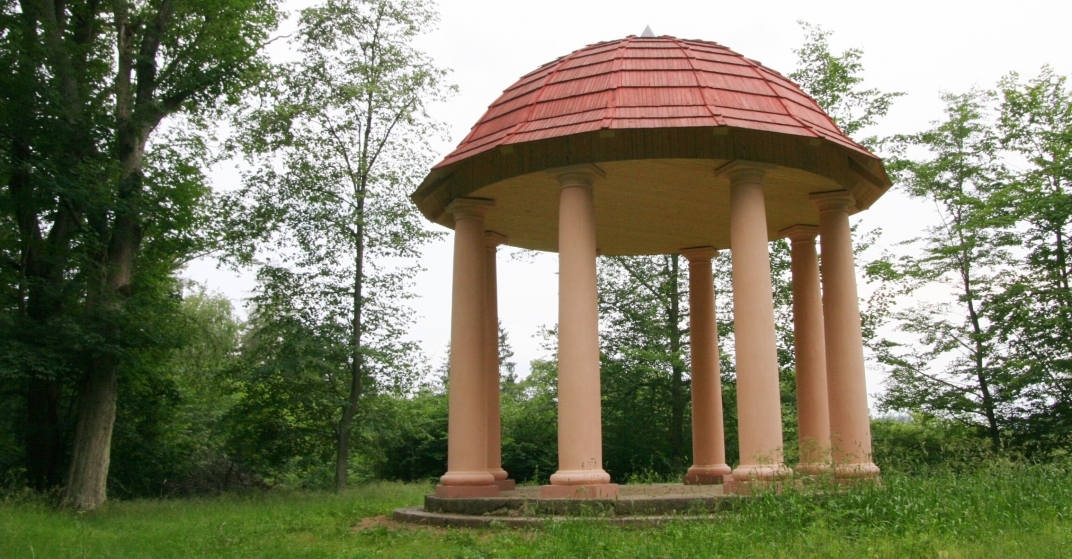
The recently renovated Gloriette on František Hill near Žinkovy, popularly referred to as “the Temple”, is a copy of an ancient temple. It was built in the first half of the 19th century as a place for the local nobility to have picnics and rest while hunting. Below the Gloriette, there is a group of large, haphazardly scattered granite boulders. According to a legend, this formation could have been created neither by man nor nature, but had to be caused by a higher power, and there may even be a gate to hell in that place. Potštejn Castle (aka Půta Rock) was erected in the mid-13th century by Půta from Žinkovy, a member of the Draslivec family. It ceased to exist before the Hussite Wars. Only the foundations of the outside walls with trenches and ramparts have remained to this day.
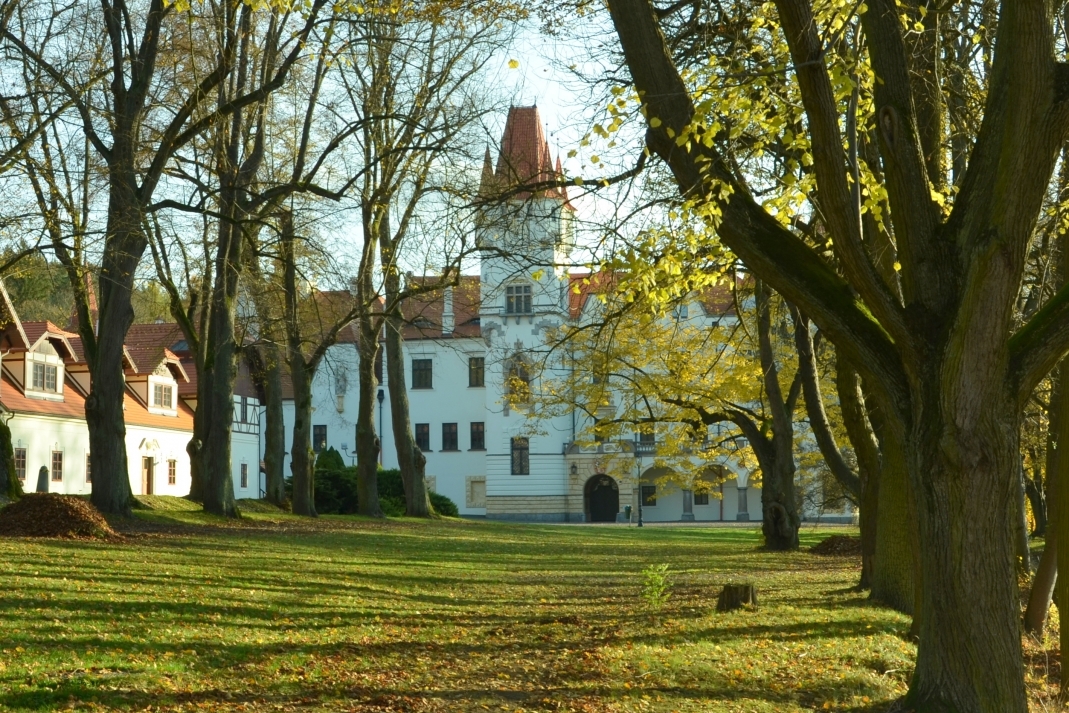
Descend along the yellow marked trail to the Žinkovy Chateau. The early Baroque building was constructed in the second half of the 17th century in the place of a former fortress. In 1897, it was rebuilt in a pseudo-Renaissance style and acquired its current form in 1916, when the Žinkovy Chateau was in the ownership of entrepreneur Karel Škoda, the son of Emil Škoda, founder of the Škoda Plant in Pilsen. After 1948, the chateau served as the Labour Union’s convalescent home. It is currently undergoing reconstruction and is not accessible by the public, but even the exterior is worth seeing! See for yourselves that it is like the perfect home for Sleeping Beauty. In the nearby small town, you can admire several rare statues by Lazar Widemann.
Continue along the green marked trail in the direction of Vojovice. On the left, above the chateau, you will see a forested hill, the former Giant Settlement dating back to the late Bronze Age. The finds from this location include ceramic fragments from the late Bronze Age and the Settlement Age. An interesting artefact is the depository of bronze items from the late Bronze Age which is on display in the small museum of the Town of Žinkovy.
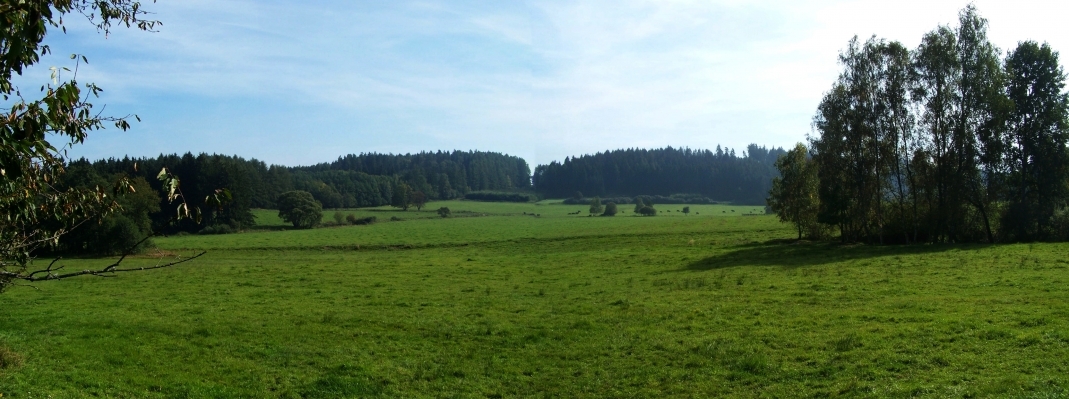
The Vojovická Draha Natural Monument includes wetlands and noncalcic marshland, the habitat of several rare plant and animal species. Plátěná hora (Canvas Hill) is where Hussite camps were set up in 1419 and 1424, and from where the Hussites, led by Jan Žižka, waged their campaigns, conquering and burning down the nearby Cistercian monastery in 1420 (in today’s Klášter). Also worth your attention is the nearby burial site with burial mounds.
Walk through Nová Ves and Soběsuky to get back to Nepomuk. The entire route is approximately 15 kilometres long, but it will take you through 3,000 years of the history of this land, ranging from the Bronze Age to the present.

